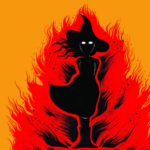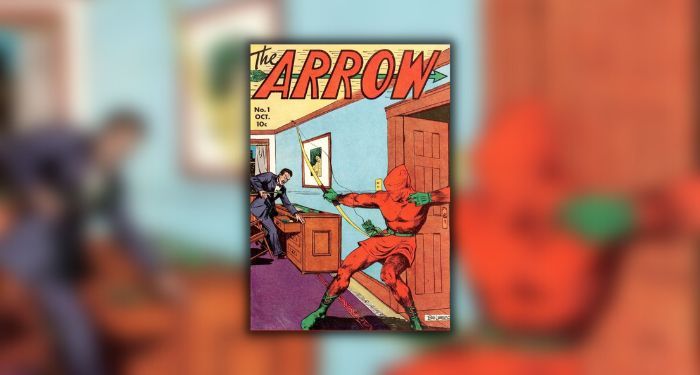
Retro Comic Rewind: The Arrow
Some comics go down in history as masterful examples of the craft and are beloved by multiple generations. And others end up at the landfill. In this series, I’ll be looking back on some forgotten series to better understand what kind of comics our ancestral nerds were reading in the days of rotary phones and record players.
Today’s subject: The Arrow!
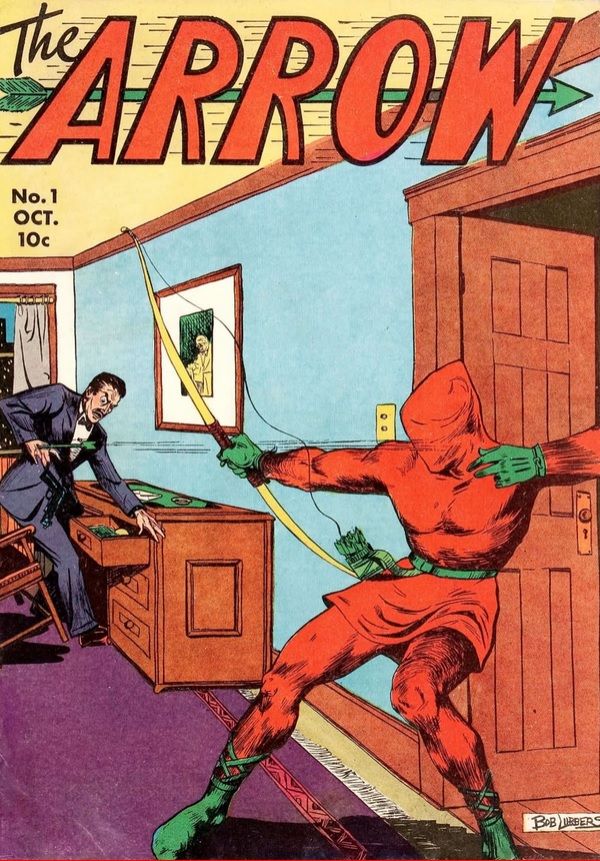
The Context
Superheroes were still very new in 1938, but from the moment Superman debuted, it was clear that they would become something special. Later that same year, in Funny Comics #21, we met the Arrow, a red-clad hero so mysterious that even we wouldn’t find out his secret identity until years later.
The Creators
This title is brought to you by Centaur Publications. Despite lasting a mere four years (1938-1942), Centaur had an outsized impact on comics history, publishing the adventures of the Clock, comicdom’s first masked superhero; Dr. Mystic, by future Superman creators Siegel and Shuster; and Amazing-Man, who now lives over at Marvel.
The Arrow was created by Paul Gustavson, who did a good bit of superhero work in the early Golden Age. Most famous was his creation of the Angel, who appeared in Timely Comics’ very first book, Marvel Comics #1. (Timely would rename themselves after this book in the coming years.)
Later, the Arrow would be drawn and written by Bob Lubbers, who did more work on Westerns than on superheroes. He did, however, make some important contributions to the Arrow’s backstory, as we will see.
The Comic
Unlike most superhero comics, this one does not begin with a secret origin story or even the slightest hint at our hero’s true identity. All this issue shows is the back of his head, and they only tell us he’s a rich guy who can fly planes and lives in New Jersey.
This is a very early comic, and you can tell: the art, plotting, dialogue placement, and panel layout are all primitive. The stories themselves are also very basic and hardly have anything to do with the Arrow. Generally, we follow along with some crooks trying to put the squeeze on someone important, and very late in the story, the Arrow shows up to beat up the crooks and take them to jail.
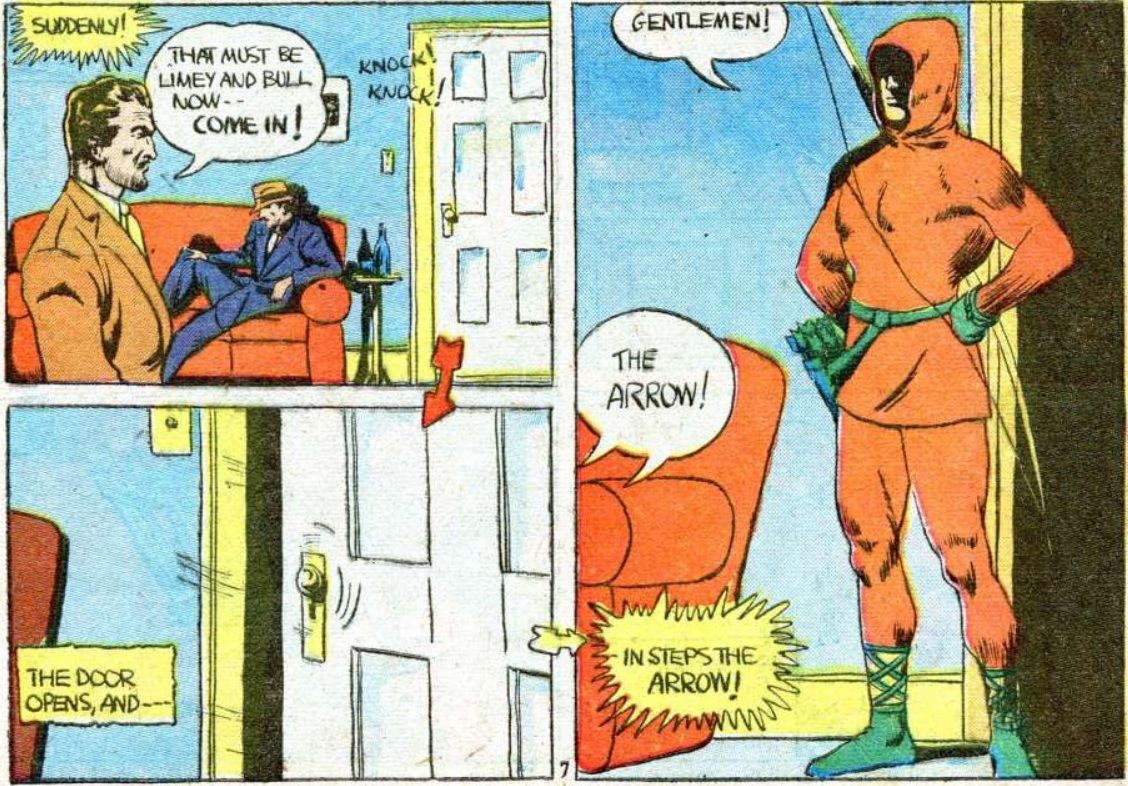
Since this is an anthology comic (as were most, if not all, comics back then), you get a lot more than just the stories about the Arrow. They’re not worth discussing much: in fact, some of them are clearly partial reprints from other series, as a couple end in cliffhangers or pick up the action in media res. The result is a hodgepodge of mediocre adventure and fantasy tales.
The third and final issue was published in 1941, almost a full year after Issue Two, so you can see how well things were going for this title. America hadn’t entered World War II yet, but war content was increasingly taking over comics, and this is reflected in the Arrow’s newly-revealed identity: Ralph Payne, a military intelligence man.
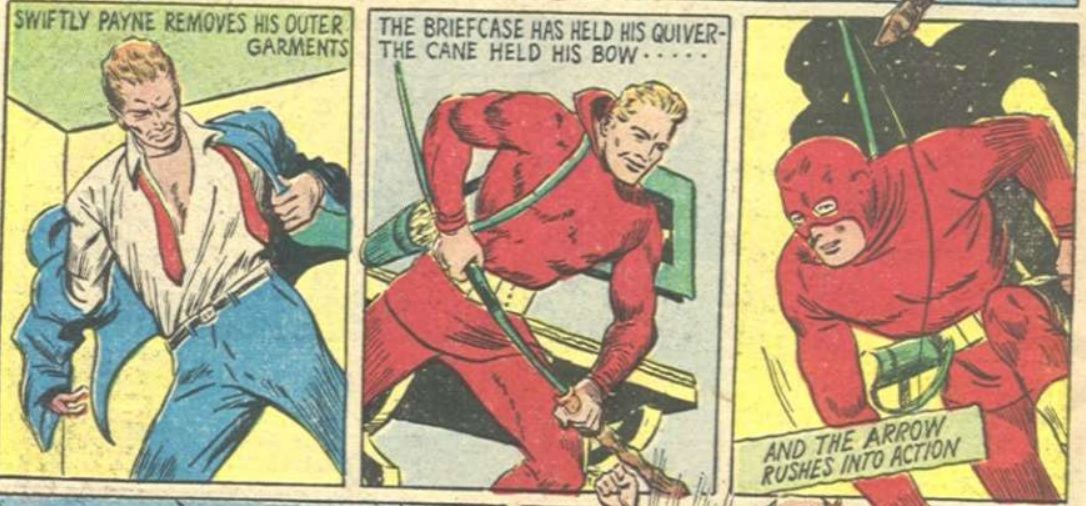
This definitely feels like something Lubbers threw in to try to make the character more relevant as opposed to any idea Gustavson had when creating him back in 1938.
Not only does the Arrow get a real name now, but he blabs it to the first hot lady secret agent he meets. I don’t think he’s quite got the hang of this “secret identity” thing yet.
The Arrow only got one story in which to beat on the Nazis before his title was canceled, and he himself slipped into obscurity.
The Legacy
The Arrow may not have had the personality to keep himself afloat for long, but he was the first archery-themed hero, paving the way for the more famous super-archers Green Arrow (whom he predates by three years) and Hawkeye (by 26 years).
As for the Arrow himself, he got an extremely brief Dark and Gritty revamp in the early ’90s, courtesy of Malibu Comics. Marvel now owns Malibu, so it’s not out of the realm of possibility that we’ll see him and Hawkeye team up one of these days, but that does not seem imminent. In any event, we can at least be thankful that the Arrow was there to point the way for heroic archers everywhere.
Want more vintage goodness? Check out previous editions of RCR: Race for the Moon, Stamps Comics, Tippy Teen, Winnie Winkle, Hangman Comics, G.I. in Battle, Adventures in Wonderland, and The Man from U.N.C.L.E. (1993)!









